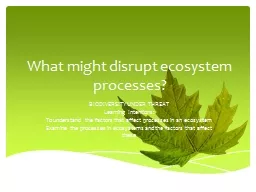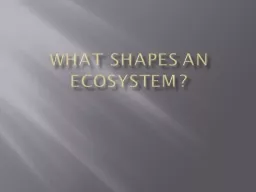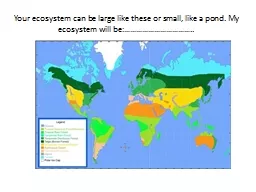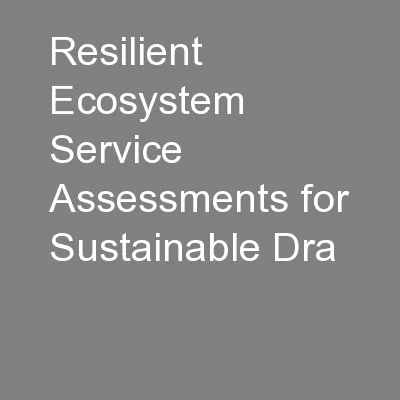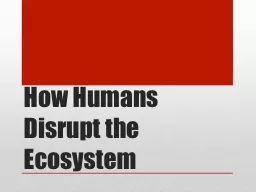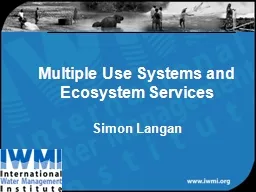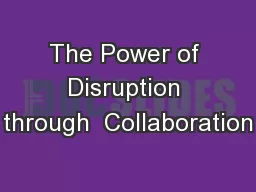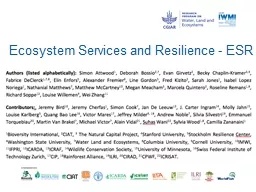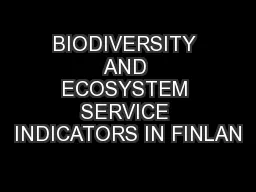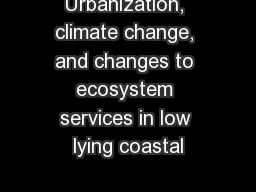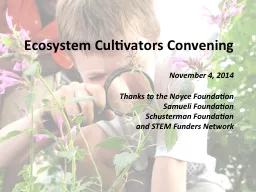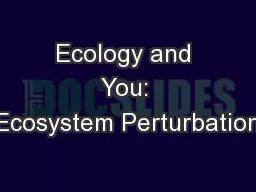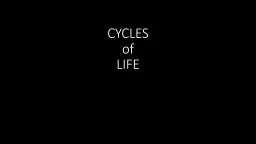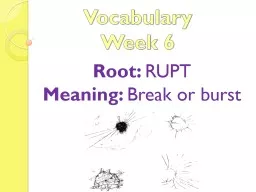PPT-What might disrupt ecosystem processes?
Author : alida-meadow | Published Date : 2016-03-25
BIODIVERSITY UNDER THREAT Learning Intentions To understand the factors that affect processes in an ecosystem Examine the processes in ecosystems and the factors
Presentation Embed Code
Download Presentation
Download Presentation The PPT/PDF document "What might disrupt ecosystem processes?" is the property of its rightful owner. Permission is granted to download and print the materials on this website for personal, non-commercial use only, and to display it on your personal computer provided you do not modify the materials and that you retain all copyright notices contained in the materials. By downloading content from our website, you accept the terms of this agreement.
What might disrupt ecosystem processes?: Transcript
Download Rules Of Document
"What might disrupt ecosystem processes?"The content belongs to its owner. You may download and print it for personal use, without modification, and keep all copyright notices. By downloading, you agree to these terms.
Related Documents

